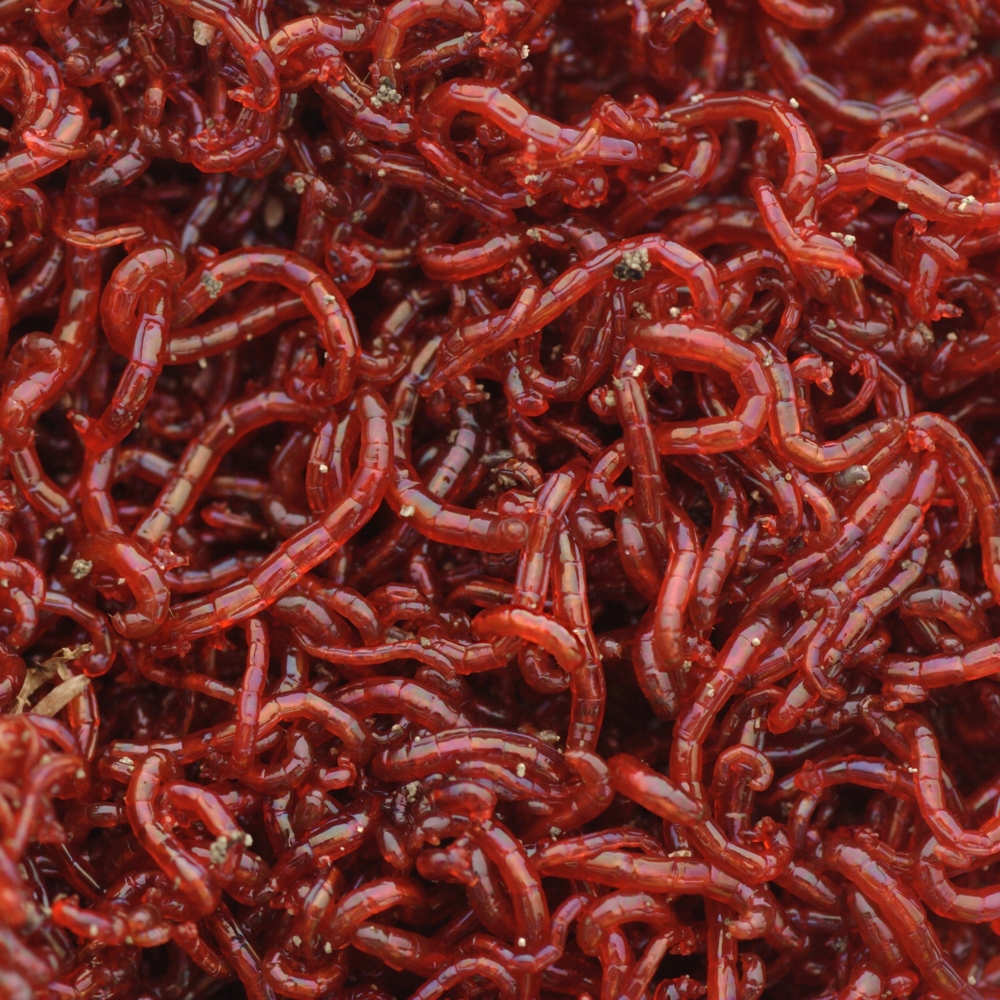Efficient red worms: Perfect for sustainable gardening
Efficient red worms: Perfect for sustainable gardening
Blog Article
Utilizing Red Wigglers for Reliable Organic Waste Disposal
These worms not just improve waste decomposition however likewise produce valuable worm spreadings, which can dramatically boost dirt health and wellness. Recognizing the subtleties of setting up a successful worm container and preserving an ideal habitat is crucial for maximizing their benefits.
Advantages of Making Use Of Red Wigglers
Among one of the most engaging advantages of using red wigglers for natural waste disposal is their exceptional performance in composting. These worms, medically referred to as Eisenia fetida, are specifically adapted for breaking down natural products, allowing them to process waste up to twice their body weight every day. This quick decomposition not only speeds up the composting procedure however also generates nutrient-rich worm castings that substantially boost soil high quality.
Furthermore, red wigglers add to a decrease in garbage dump waste. By drawing away natural materials from landfills, they assist minimize methane emissions-- a potent greenhouse gas. This environmental benefit is critical in the fight against climate change.
In addition, red wigglers are low-maintenance and can flourish in numerous settings, making them easily accessible for both beginner and knowledgeable composters. Their capacity to reproduce promptly makes certain a constant populace, assisting in recurring waste handling.
Establishing Your Worm Container
Producing an efficient worm container is essential for making best use of the advantages of composting with red wigglers. The initial step is choosing an ideal container. A container constructed from plastic or wood, with a capability of 10 to 20 gallons, is optimal. Make sure the container has adequate water drainage holes to avoid excess dampness, as red wigglers prosper in a wet however not soaked environment.
(Lenoir Worm Farms)Following, prepare the bed linen material, which functions as the worms' habitat and food source. Shredded paper, cardboard, and coconut coir are exceptional options. Goal for a bed linen depth of about 4 to 6 inches. The bin ought to be put in a dark, temperature-controlled location, ideally in between 55 ° F and 77 ° F, to keep worm activity.
Once the container is set up, present the red wigglers, permitting them to adapt to their new setting. A well-maintained bin will not only support the health and wellness of the worms but likewise facilitate effective disintegration of natural waste.
(red wiggler worms for sale near me)
What to Feed Red Wigglers
An understanding of the appropriate diet regimen for red wigglers is essential for preserving a healthy worm population and maximizing composting effectiveness. These products not only supply essential nutrients yet also contribute to the wetness equilibrium within the worm container.
It is important to prevent certain foods that can damage the worm population. Red wigglers need to not be fed meat, dairy products, oily foods, or refined things, as these can draw in bugs and create undesirable smells. red wigglers. In addition, citrus fruits and zesty foods should be lessened, as their level of acidity can be detrimental to worms
To promote optimum digestion, food needs to be cut into smaller sized pieces, helping with quicker break down and usage. Presenting food in small amounts is have a peek at this site additionally important; overfeeding can bring about anaerobic conditions and bring in undesirable bugs. Keeping track of the worm bin for food intake rates will aid make certain that red wigglers are getting an adequate diet regimen while maintaining an efficient composting atmosphere. Correct feeding techniques are crucial for promoting a thriving community within the worm container.
Maintaining Your Worm Habitat
A properly maintained worm environment is crucial for the health and wellness and performance of red wigglers. To make certain optimal conditions, it is important to check temperature level, dampness, and oygenation within the worm container (red wigglers).
Moisture degrees should be kept consistent; the bed linen ought to be damp however not soaked. An excellent rule of thumb is to keep moisture at around 70% to 80%. If the bed linens ends up being also wet, it can lead to anaerobic problems that are harmful to the worms. Including completely dry carbon-rich products, such as shredded paper or cardboard, can aid take in excess dampness.

Making Use Of Worm Spreadings in Gardening
Rich in nutrients and beneficial microorganisms, worm castings act as a phenomenal natural fertilizer for horticulture. Generated with the digestion procedures of red wigglers, these spreadings include a range of vital nutrients, consisting of nitrogen, phosphorus, and potassium, which promote durable plant growth. Unlike artificial plant foods, worm castings provide a slow-release device, ensuring that nutrients are offered to plants over an extensive period, thus decreasing the risk of nutrient leaching and dirt exhaustion.
In addition to nutrition content, worm spreadings enhance soil framework and aeration, enhancing moisture retention and drainage. The microbial life existing in worm spreadings assists to suppress microorganisms and advertises a healthy and balanced dirt ecological community, more benefiting plant health. When integrated into the dirt or used as a top dressing, worm castings can significantly boost seed germination prices, root development, and general plant vigor.
For optimal outcomes, gardeners should apply worm spreadings at a price of 1-2 inches per square foot, blending them into the dirt or integrating them right into potting mixes. In general, using worm spreadings is an eco-friendly method to enhancing soil fertility and guaranteeing flourishing yard atmospheres.
Conclusion

Report this page